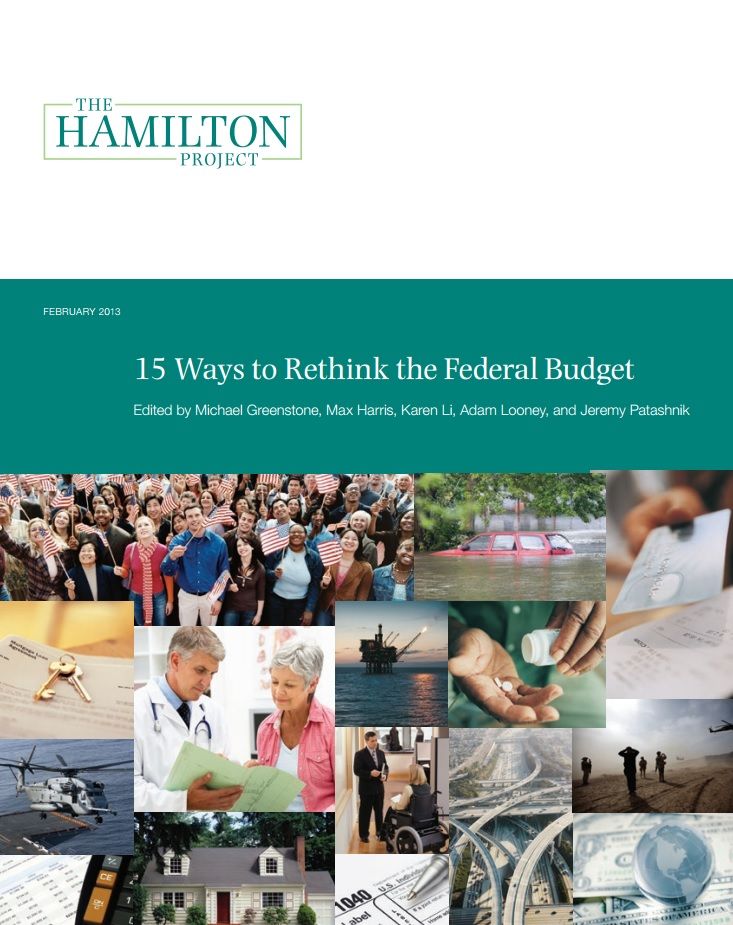
This proposal is chapter twelve of The Hamilton Project’s 15 Ways to Rethink the Federal Budget, and a segment in New Sources of Revenue and Efficiency.
Introduction
Immigration creates economic value and potential fiscal revenues when workers move from countries where their productivity and wages are low to countries, such as the United States, where their productivity and wages are relatively high. Highly educated immigrants contribute substantially to technological and scientific innovation, entrepreneurship, and productivity growth. Less-educated immigrants supply useful skills by providing much-needed labor to fill jobs in agriculture, construction, and personal services—sectors where local demand from employers is increasingly not matched by a supply of American workers. The country’s employment-based immigration policies should encourage the inflow of workers who make the greatest contributions to the U.S. economy.
Unfortunately, the complex and outdated U.S. immigration system, even in its employment-based component, imposes significant inefficiencies and costly restrictions on the inflow of foreign-born workers. Current immigration policies ultimately lead to inferior economic outcomes. Instead of being allocated to the workers who make the greatest economic contributions, employment-based visas are typically allocated to those who happen to be first in line, or are distributed randomly via a lottery. The difficulty of obtaining employment-based visasdiscourages highly educated potential immigrants who would contribute significant value to U.S. employers and generate tax revenues. At the same time, less-educated potential immigrants have extremely limited options for legal entry despite being in high demand from U.S. employers, who often end up turning to unauthorized workers.
The goal of this proposal is to introduce simple but significant changes to the U.S. employment-based temporary immigration system that would make that system more efficient. The proposed changes also would increase the economic benefits of employment-based immigration for the U.S. economy and contribute additional revenue to the federal budget. The proposed system uses market-based auctions to allocate temporary permits that allow employers to hire foreign workers. An employer who purchases a permit effectively purchases the right to hire a foreign worker for a specified period. The foreign worker selected for that job, in turn, receives a temporary worker visa after passing a background check, and will be fully mobile across employers who own permits. The employer can resell the permit in a secondary market if the foreign worker leaves that job. These auctions would first be implemented to replace the current H-1B, H-2A, and H-2B visa programs, and would ultimately replace most of the current temporary employment-based immigration system. To succeed, the auctions need to be accompanied by increased workplace enforcement, such as mandating that all employers use E-Verify.
Auctioning permits to hire foreign workers would offer a number of economic benefits. It would lead to a more efficient allocation of foreign workers across employers while protecting workers through visa portability and employer competition. Permits would be allocated to employers who value these workers’ contributions the highest and who hence would bid the most for permits.
The auctions would generate revenue for the federal government. Baseline estimates suggest that auctioning of employer permits would generate from $700 million to $1.2 billion in revenues annually, with the higher end of the range possible if more visas are available for high-skilled workers. In the long run, a more efficient immigration system would have an even bigger budget impact by increasing productivity and gross domestic product (GDP).
This proposal focuses on temporary employment-based immigration, which plays an important role in the employment-based immigration system. Most immigrants,however, are admitted permanently on the basis of family ties. Among permanent immigrants, employment-based immigration accounts for only 14 percent of permanent resident visas awarded each year, with about half of those going to accompanying dependents. The economic and fiscal gains would be far greater than those discussed here if the immigration system put a greater emphasis on employment and skills. Similarly, there could be important implications of providing currently undocumented immigrants with a path to legal permanent residence. These are complex and controversial issues; this proposal focuses on more circumscribed reforms to employment-based temporary visas.




